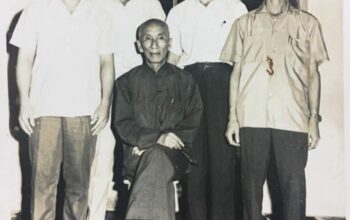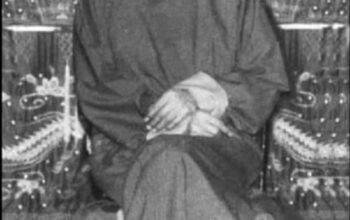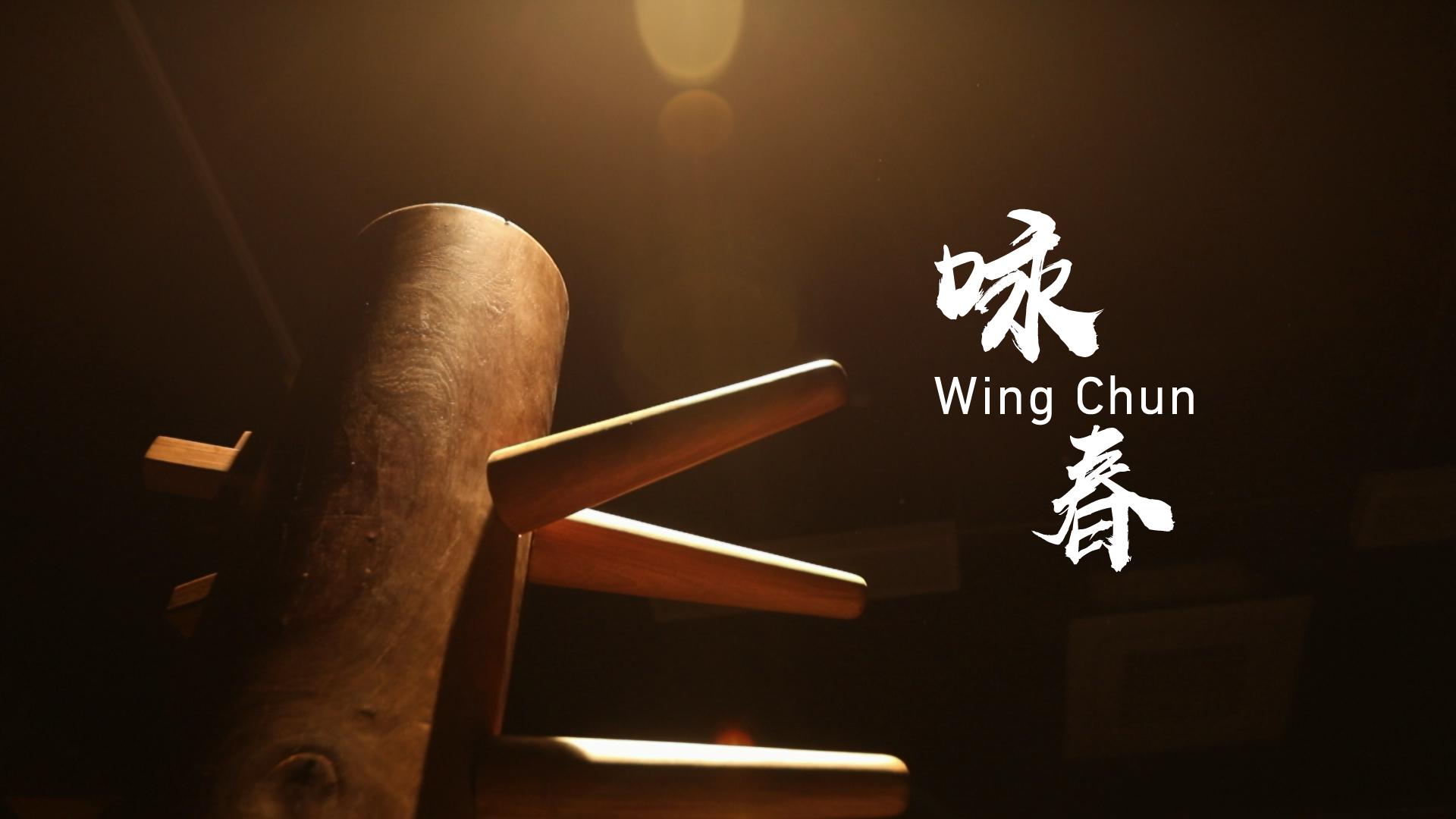Wing Chun, a traditional Chinese martial art known for its practicality and efficiency in combat, emphasizes the development of speed and power in its techniques. By employing specific training methods and principles, Wing Chun practitioners can enhance their speed and power, making their strikes fast and impactful. Let’s explore how Wing Chun develops speed and power.
- Structure and Alignment: Wing Chun places great emphasis on proper body structure and alignment. This includes maintaining a relaxed yet stable stance, with the body aligned correctly. By aligning the body’s structure, Wing Chun practitioners can generate power efficiently and transfer it through their strikes. The alignment of the body allows for the sequential activation of muscle groups, creating a chain reaction that generates power from the ground up.
- Centerline Theory: Wing Chun’s centerline theory plays a crucial role in developing speed and power. The centerline refers to an imaginary line running down the center of the body. Wing Chun techniques are designed to be compact and direct, minimizing unnecessary movements. By focusing on striking along the centerline, Wing Chun practitioners can maximize the power and speed of their attacks by taking the most direct path to the target.
- Simultaneous Attack and Defense: Wing Chun’s principle of simultaneous attack and defense allows practitioners to generate power quickly. By integrating defensive movements with offensive strikes, Wing Chun practitioners can capitalize on their opponent’s openings while maintaining their own safety. This approach enables practitioners to execute fast and powerful strikes without telegraphing their intentions, catching opponents off guard.
- Chi Sao (Sticky Hands) Training: Chi Sao is a vital component of Wing Chun training, where practitioners develop sensitivity, reflexes, and the ability to maintain contact with their opponent’s limbs. Chi Sao training enhances the practitioner’s ability to feel and respond to an opponent’s movements. Through repetitive drills and exercises, practitioners develop quick reflexes, allowing them to respond rapidly and deliver fast and powerful counterattacks.
- Focus on Short-range Techniques: Wing Chun primarily focuses on close-quarters combat, employing short-range techniques. By training in this range, practitioners develop the ability to generate power quickly, as there is less distance to cover. Short-range techniques also require efficient use of body mechanics and explosive power, contributing to the development of speed and power.
- Explosive Training: Wing Chun includes specific training methods to develop explosive power. These methods include practicing techniques at high speed, utilizing equipment like focus mitts and heavy bags, and incorporating explosive exercises such as plyometrics and weight training. By training explosively, Wing Chun practitioners enhance their speed and power, allowing them to deliver fast and forceful strikes.
- Energy Generation through Relaxation: Wing Chun emphasizes relaxation as a means to generate power. Tension can slow down movements and impede the flow of energy. By maintaining a relaxed state, practitioners can generate power efficiently and effectively. Through dedicated training, Wing Chun practitioners learn to relax their muscles while maintaining the necessary tension at the point of impact, resulting in powerful strikes.
- Repetition and Conditioning: Like any martial art, Wing Chun develops speed and power through consistent repetition and conditioning. Practitioners perform techniques repeatedly, focusing on proper form, body mechanics, and generating power. This repetition builds muscle memory, allowing practitioners to execute techniques with speed and power effortlessly.
In conclusion, Wing Chun develops speed and power through a combination of proper structure and alignment, the application of centerline theory, simultaneous attack and defense, Chi Sao training, focus on short-range techniques, explosive training methods, energy generation through relaxation, and consistent repetition and conditioning. By following these principles and engaging in dedicated training, Wing Chun practitioners can enhance their speed and power, making their strikes fast, accurate, and impactful.







